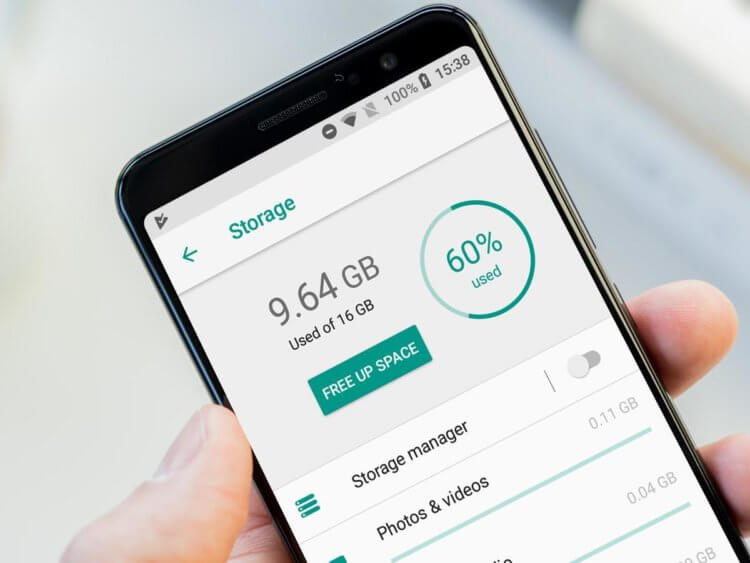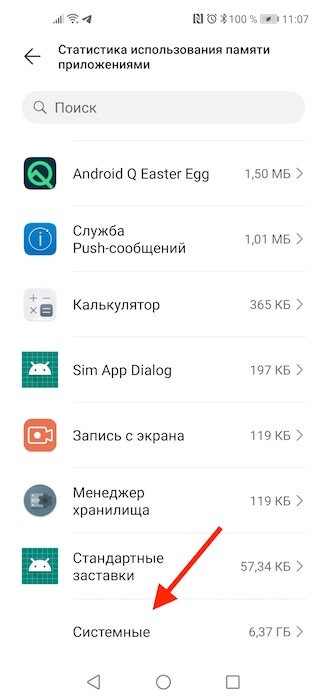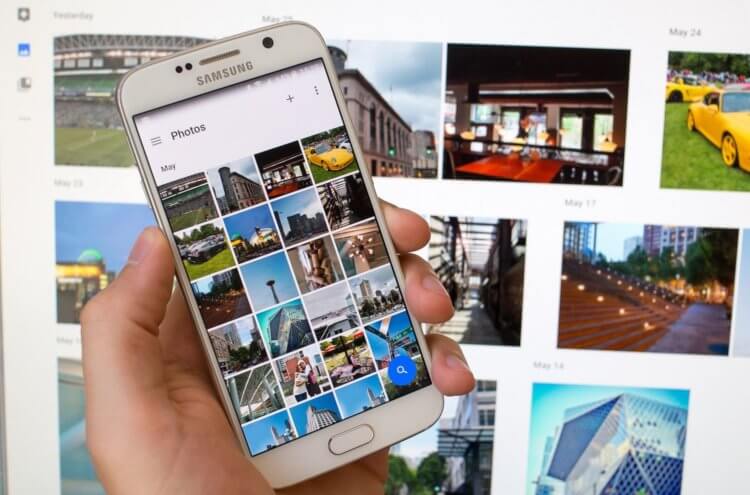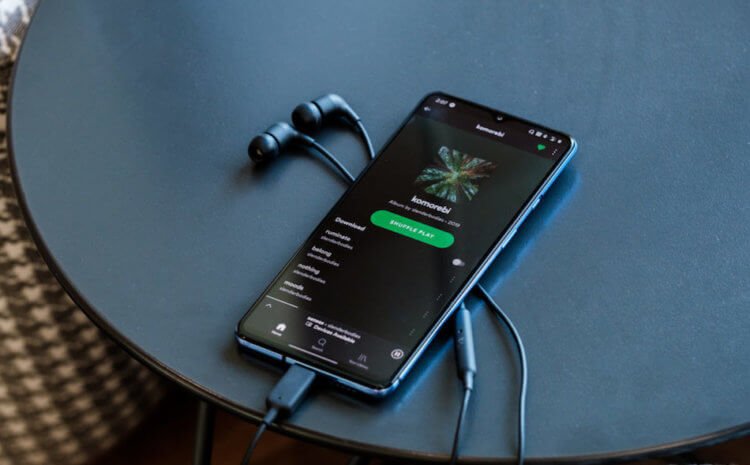I've always bought and buy smartphones with a minimum amount of memory and never understood those who prefer to take the maximum configuration. For me, it was a deliberate choice that I did not for reasons of economy, although she, of course, also spurred me on, but precisely because I simply did not see the need for it. No, I have never used memory cards either, because, firstly, they often have a lower speed than standard memory, and secondly, they contradicted my personal principles, which turned out to be quite easy to follow.

I am always satisfied with the minimum amount of memory
To begin with, my scenario for using a smartphone is probably no different from yours. I, like everyone else, take photos, watch videos, use applications. In short, I do not limit myself to anything at all. Despite this, my personal data in my smartphone is only about 10 GB out of the free 128 (this is really the basic version for Honor View 20). The rest is occupied by the system and standard applications. Therefore, it is erroneous to believe that my method is suitable only for those who simply call from a smartphone. The main thing is to turn on the head.
How to clear memory on Android

Most of the memory is occupied by system applications and services that cannot be deleted
I started using cloud services even before it became mainstream. I have never been afraid to upload all data to the cloud, freeing up the memory of the smartphone. Now I have three storages at once, and I use each of them for different purposes, keeping my apparatus clean.
All my photos and videos go to Google Photos. Due to the fact that Google storage offers the ability to upload unlimited amounts of data in high resolution, I simply set up auto-uploading of pictures and videos so that they do not take up memory on my smartphone, and delete all duplicates.

Google Photos is very helpful, especially if you photograph a lot
I use Dropbox in conjunction with the Tiny Scanner app, which I use to scan invoices and other documents for business reporting so that it is convenient to store them and have quick access to them from different devices. I chose Dropbox because initially Tiny Scanner did not support many services, and with this it worked by default and extremely efficiently, sending scans to the cloud a second after scanning.
OneDrive, where I have 1 TB of free space per subscription, I use for everything. This is a kind of pantry where I drop everything that is not suitable for Google Photos and Dropbox: mostly text documents, some presentations, application files for Android, wallpapers and photos in their original quality, which my acquaintances throw off to me, and so on.
Yes, applications also take up memory, and you won't be able to upload them to the cloud like on iOS. But, as I already said, lately I practically do not download new programs to my smartphone, because over the years of use Android I have formed the necessary list for myself, which I use on an ongoing basis. They take about 5-6 GB, and I prefer not to keep any unnecessary junk and ruthlessly delete it, without experiencing the slightest worries about this.
How to save memory on your smartphone

Streaming services are streaming services that involve online streaming, not downloading
But the data stored in the smartphone's memory is not only photos, videos and documents, right? There is also music, films and TV shows. However, I have no problems with this either, because I consume all content exclusively through streaming platforms. For music I have Yandex.Music, and for cinema – Amediateka, IVI, Kinopoisk and TNT Premier. Yes, they allow you to download an episode of a series or a movie to your device, but why do this if the speed and volume of Internet traffic allow you to watch everything online?
In the end, I have never seen a 4K movie on a smartphone, and my operator only pulls the download Full HD in real time on the way. Someone may remember travel. Say, watching a movie or TV series on the train online, when the Internet is working intermittently, is quite problematic. Well, I don’t know where you go, but on the Saransk-Moscow train and at the stations and airports where I happen to visit, there has been Wi-Fi for a long time, especially since I travel – in Russia or abroad – only a few times in year. Well, as a last resort, I have iPad and a MacBook, which help to share the burden of downloaded movies and TV series with a smartphone.
